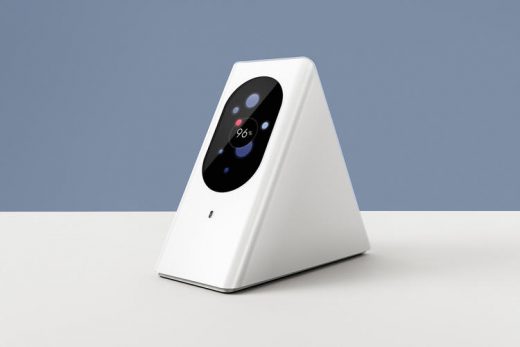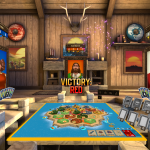My Week With The Rolls-Royce Of Routers
I feel sorry for my router. We ignore it for weeks on end. We hide it in a corner covered in spiderwebs and cords. We’ve never said anything good about it. Sometimes, we yell at it.
It’s the ultimate black hole of UX—a problem that no one has thought to solve until very recently, because, why bother? Even if you “fix” it, it’s invisible until it stops working. But as more Internet-connected devices colonize our homes, a growing list of startups are taking on the challenge, and for the past week, I’ve been testing one of them: a $350 white, touchscreen-enabled pyramid by Starry—the next company of Chet Kanojia, whose TV startup Aereo was defeated in a Supreme Court case in 2013.
Starry Station isn’t alone. It’s just one of a rash of new, user-friendly routers. There’s Luma, a $150 router backed by Amazon. Or Eero, another pretty, new $200 mesh network option. The difference is that Starry isn’t just a router company. It’s an Internet company with much larger ambitions to deliver a cheap, high-speed form of new wireless to whole cities across the globe, making conventional ISPs look like dinosaurs in the process. Starry Station is kind of like its Trojan horse.
When I opened the white, pyramid-shaped router last week, I sighed. I told my boss I might be gone for a while setting it up (“wish me luck!”). Our current router, whose age and provenance has been lost completely in the sands of time, leered at me.
But Starry’s claim that it has made connectivity truly simple through user-centered design checks out. I was back online in five minutes, with a new network name and a password courtesy of the router’s automatic generator. On the small touchscreen, three white-blue stars—one for my iPhone, one for my Mac, and another for my laptop—floated around, each scaled based on how much bandwidth they were using. A health score confirmed that our connection was operating at 97% capacity. I could see where disruptions had happened, which devices were having problems, and when our usage was at its highest. In spite of myself, I was vaguely delighted.

This very expensive, very pretty object is the result of almost a year of user research and development, as Starry CMO Alex Moullé-Berteaux tells me. “One of the things we discovered pretty quickly,” he says, is that there’s “a low level of interest when it’s working, and a high level of frustration when it’s not.” It’s simply a fact of the product type, and one that the design team had to accept: We ignore our routers until they screw up. “We knew they weren’t going to be using the router the same way they were using their iPad. That wasn’t the goal—to impose ourselves into the home,” Moullé-Berteaux says.
Instead, Starry’s little touchscreen is a purely ambient interface until something goes wrong. It stays dark until you’re nearby, and even when it’s “on,” your devices are abstracted as a constellation of floating stars, and your network health is simply a percentage. When an outage does occur (which, to be fair, I haven’t experienced yet), the UI lets you dig into where the problem is occurring. “We think that most of the interaction is going to be at a glance,” Moullé-Berteaux says.
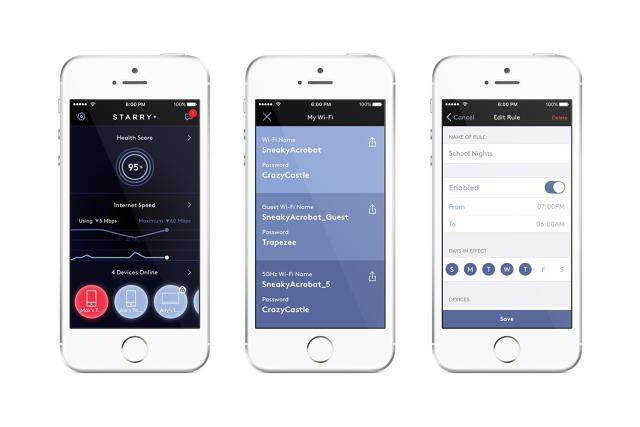
It’s a thoughtfully designed solution to a tricky product type. But it’s also just the beginning for Starry’s design team. The ultimate goal is to redesign Internet service itself. “The entire chain of connectivity is impacting the user experience,” Moullé-Berteaux reasons. “We set out to create a platform that was dealing with the whole stack.” If they’re successful, that means that you’ll be able to “order a Starry point from our site or Amazon, connect it to power, turn it on, and light up the Internet in your house.” No hard-wired connection or setup required.
Starry plans to do this with a new kind of Internet, called millimeter waves, which are capable of wirelessly transmitting lots of data very quickly. Starry plans to erect neighborhood-wide base stations on select rooftops to beam these waves to individual receivers placed on the windowsills or facades of Starry customers. The extra hardware is a trade-off: You don’t need a hard-wired Internet connection to get Starry, but you need a receiver (and you need to live in a Starry-enabled neighborhood).
This makes Starry an essentially urban-scale infrastructure design project that will stretch over years, not months. But Moullé-Berteaux points out that it’s a long-sighted solution to a problem that’s just going to get worse over the coming decades. “There’s just a limit to how many places fiber is going to go to,” he says. “So how do you deal with the constant and continued rise in demand in data usage?”
This summer, Starry will launch its first beta test of its actual Internet service to a small group of users in Boston. There, its design team will test different form factors for each of these hardware pieces, experimenting with what designs work best in different architectural situations or in different use cases. It hopes to have “several hundred” users in Boston by the end of the year, and estimates that it will announce the next beta cities in 2017.
In that light, Starry’s router is just a Trojan horse that gets Starry into homes, and provides a source of revenue as the company develops the rest of its platform, which could take years. It’s entirely possible that Starry’s ambitious vision for the future of the Internet could flop. But if nothing else, it’s produced a wonderfully usable piece of design—one that I haven’t yelled at once.

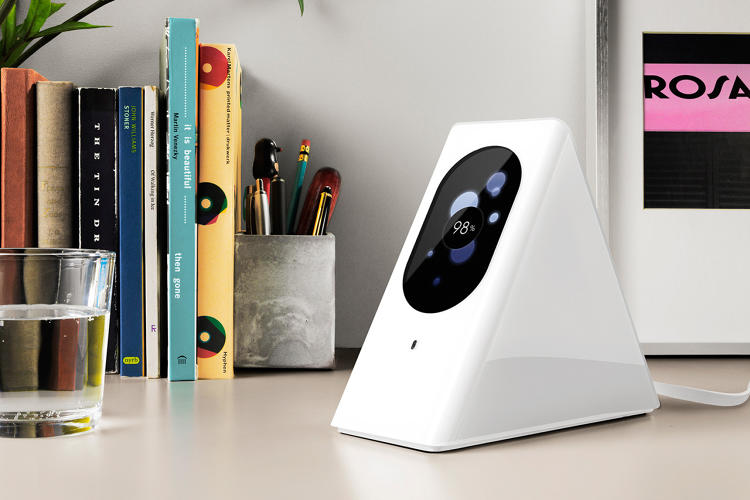




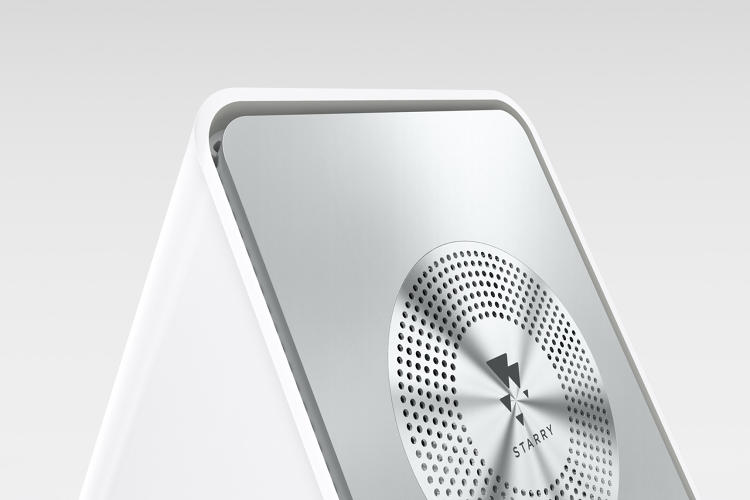

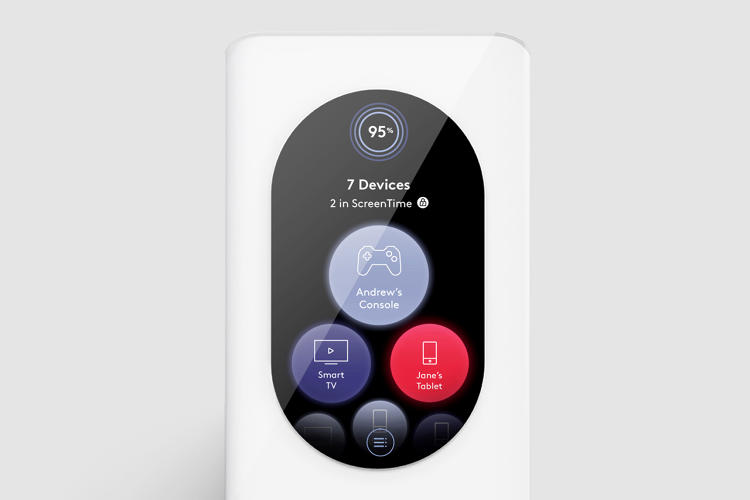
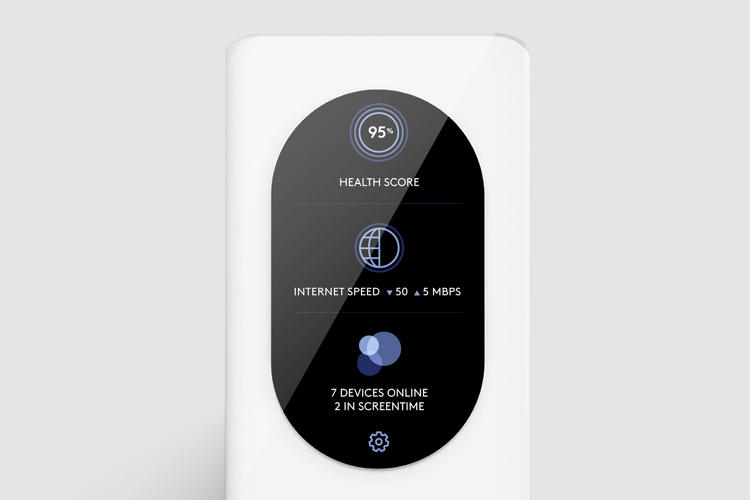

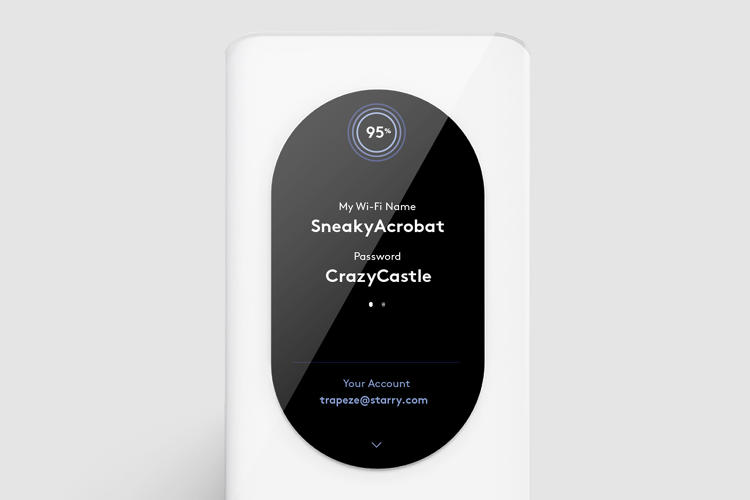

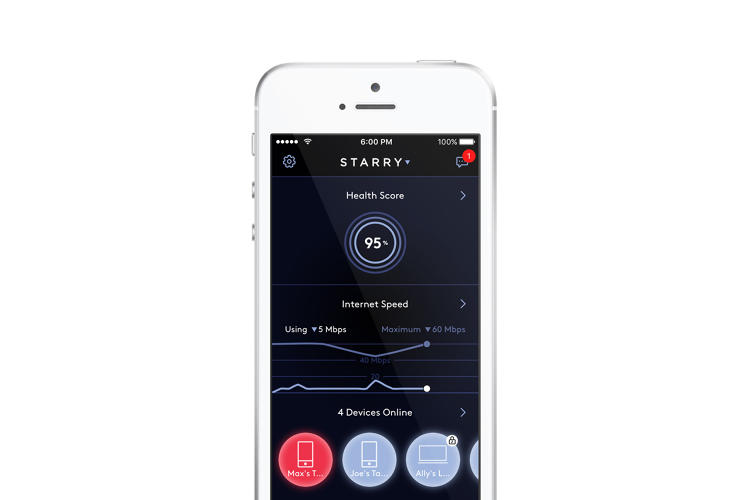


Fast Company , Read Full Story
(17)

